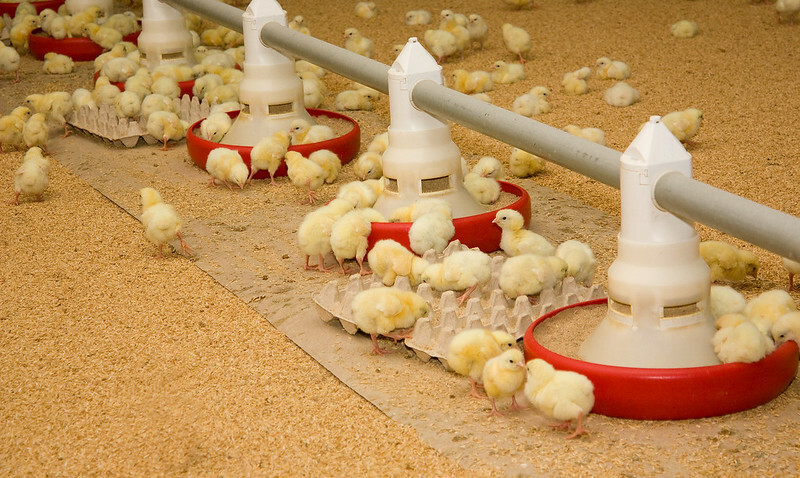



Comparing necrotic enteritis litter models highlights performance impacts
Using fresh litter helps lower clinical signs of disease, study showsThree floor-pen models were used in the research to compare performance and clinical signs of disease. The first used reused litter to expose birds to Eimeria parasites and Clostridium perfringens bacteria, which together can lead to the development of NE.
The second set-up used fresh litter and saw coccidiosis vaccination and the introduction of C. perfringens at 14 days. Meanwhile, the final model used fresh litter, with C. perfringens introduced at 14 days like the other group but with re-exposure to the pathogen subsequently throughout the growth cycle.
The study used lesion scoring to assess clinical disease and measured performance parameters on 14, 28 and 42 days.
A unique chance to compare approaches
“We don’t typically have the opportunity to compare the models side by side,” said Southern Poultry Research Group’s director of nutrition, Matthew Jones, PhD, who led the work.
“We know the applied model tends to cause more subclinical disease, and the other model tends to cause more clinical disease.
“But we were able to put them right next to one another, and in the first 14 days you can definitely see the applied-litter challenge had that impact on performance.
“The reused litter tended to have an impact on the bodyweight gain and feed conversion — the performance parameters — and this was impacted throughout the study,” he said.
“Although clinical disease is maybe more striking, the subclinical disease is what causes the economic impact.”
The other groups saw more obvious clinical disease and mortalities of 20% or higher following C. perfringens challenge. However, birds in both of the groups recovered very well compared to the applied-litter model.
Monitoring vaccine, tackling pathogen key
From his research to date, Jones believes that focusing on the fundamentals is crucial to controlling NE and coccidiosis in production.
“If you’re using a coccidiosis vaccine, understanding how it’s cycling and when it’s cycling, when it hits its peak and then managing it during brooding is really important in order to decrease the likelihood of NE,” he added.
“Trying to keep those toxic strains of C. perfringens at lower levels is also going to be really important in controlling the disease, whether that’s through treating the litter, waterline sanitation or other approaches.”
Listen to or download the Poultry Health Today podcast here.













